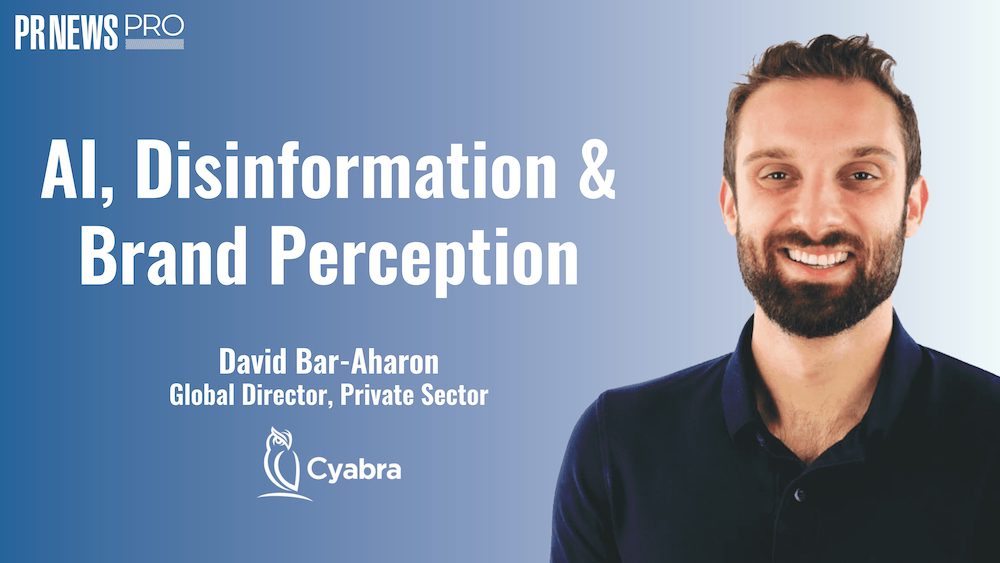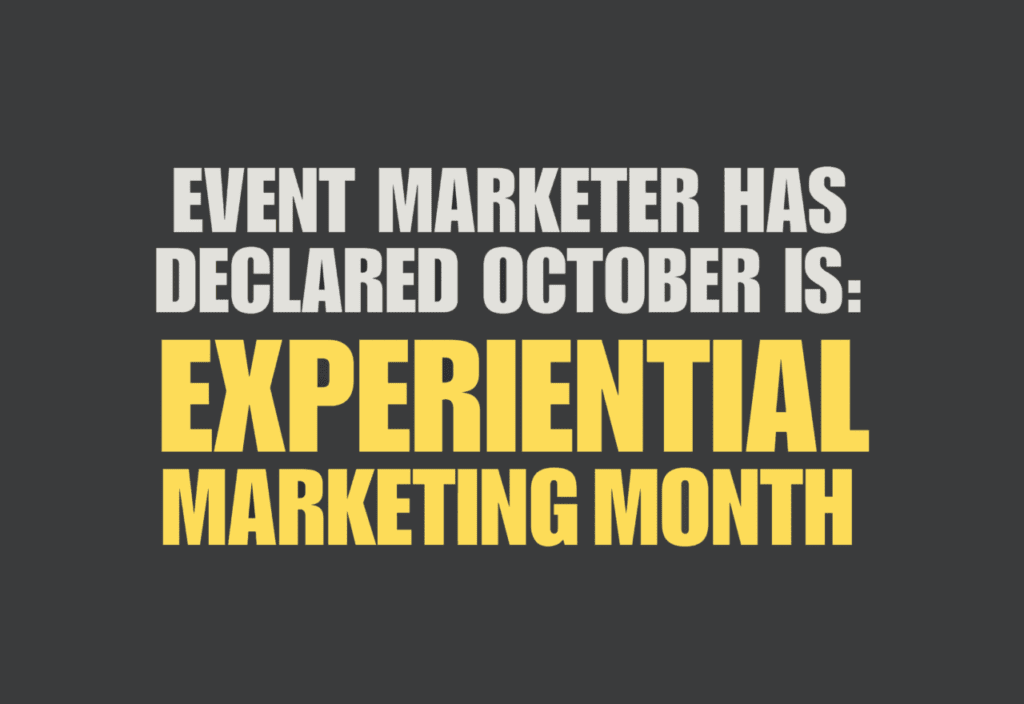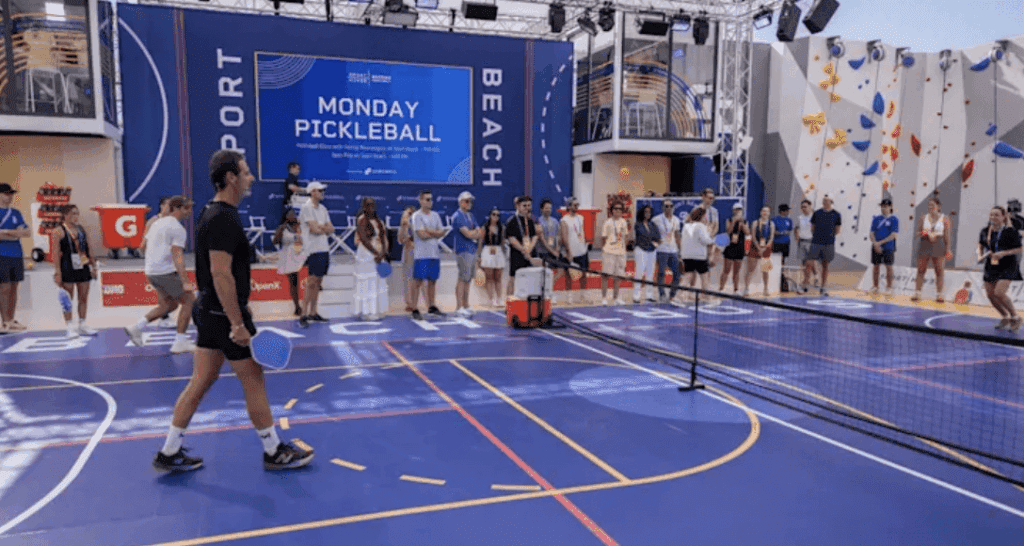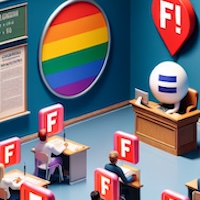Despite the allure of a masked, web-shooting man, a funny, but cantankerous green ogre and a talking yellow sponge, licensing rights fees rose just slightly in 2004. Marketers struggled to maximize the merchandising opportunities generated by such blockbuster films as Spider-Man 2, Shrek 2 and Sponge Bob SquarePants: The Movie, but the category failed to generate a significant bump in revenue. Experts attribute the malaise to shrinking retail space.
“Retailers are being a little more selective in the range of merchandise that they are carrying now,” explains Charles Riotto, president of the New York-based Licensing Industry Merchandisers’ Association (LIMA). “Consolidation of retailers makes competition even stronger.”
Segment revenues in 2004 reached $5.9 billion, up a mere 1% after a flat year in licensing rights fees in 2003. While certain segments reported some growth, experts say licensing revenue was lower than originally predicted.
“It’s not because there aren’t a wide array of licensed properties,” Riotto says. “It’s really more a factor of retail climate.”
In 2003, retail sales for licensed merchandise came in at $104 billion in the U.S. When 2004 is totaled, retail sales for licensed goods may reach $105 billion, Riotto says. In general, “it’s a pretty respectable number,” he adds. Final figures will be released by LIMA in June.
Riotto says some retailers are missing the boat when it comes to maximizing their licensing opportunities, opting to play it safe and “not taking a chance with something that is new on the marketplace.” For example, blockbuster film Shrek was limited in its licensing, but the sequel, Shrek 2, captured far more attention, Riotto says.
Other retailers latched on to those familiar properties, including multi-segment films that were sure to bring in the dollars.
“In 2004, it was really all about Lord of the Rings,” says David Imhoff, Sr. executive VP-worldwide licensing and merchandising for New Line Cinema.
Last year, the multi-chapter film came away with all 11 Academy Awards for which it had been nominated, including Best Picture, and sales supported its popularity. By the middle of last year, The Lord of the Rings properties surpassed $1 billion in worldwide retail sales, Imhoff says.
New this year, New Line Cinema will transform its horror properties with the likes of Freddy Krueger from Nightmare on Elm Street under a new moniker, House of Horror.
Other blockbuster hits contributing to the rise include Shrek 2, SpongeBob SquarePants the Movie and Spider-Man 2, which “really moved the merchandise,” Riotto adds.
Despite last year’s projected weak showing in entertainment licensing, 2005 has the markings of an even bigger year for movie licensing merchandising opportunities.
“2005 will be a good year for entertainment licensing,” Riotto says, citing Star Wars: Episode III — Revenge of the Sith and Batman Begins as potential movie blockbusters this year. “[Those] should keep the category strong.”
Already, Hasbro and Warner Bros. Consumer Products have announced their respective lists of master toy licensees for each film. To tie in with the latest Star Wars film, Hasbro’s Playskool has even transformed its staple Mr. Potato Head into a Star Wars villain — “Darth Tater.” The toy comes with a lightsaber, cape, shoes and helmet and eyes, nose and teeth.
SNAPSHOT 2004
Lean growth for second consecutive year
Retail sales of licensed goods estimated at $105 billion in 2004
 Network
Network



